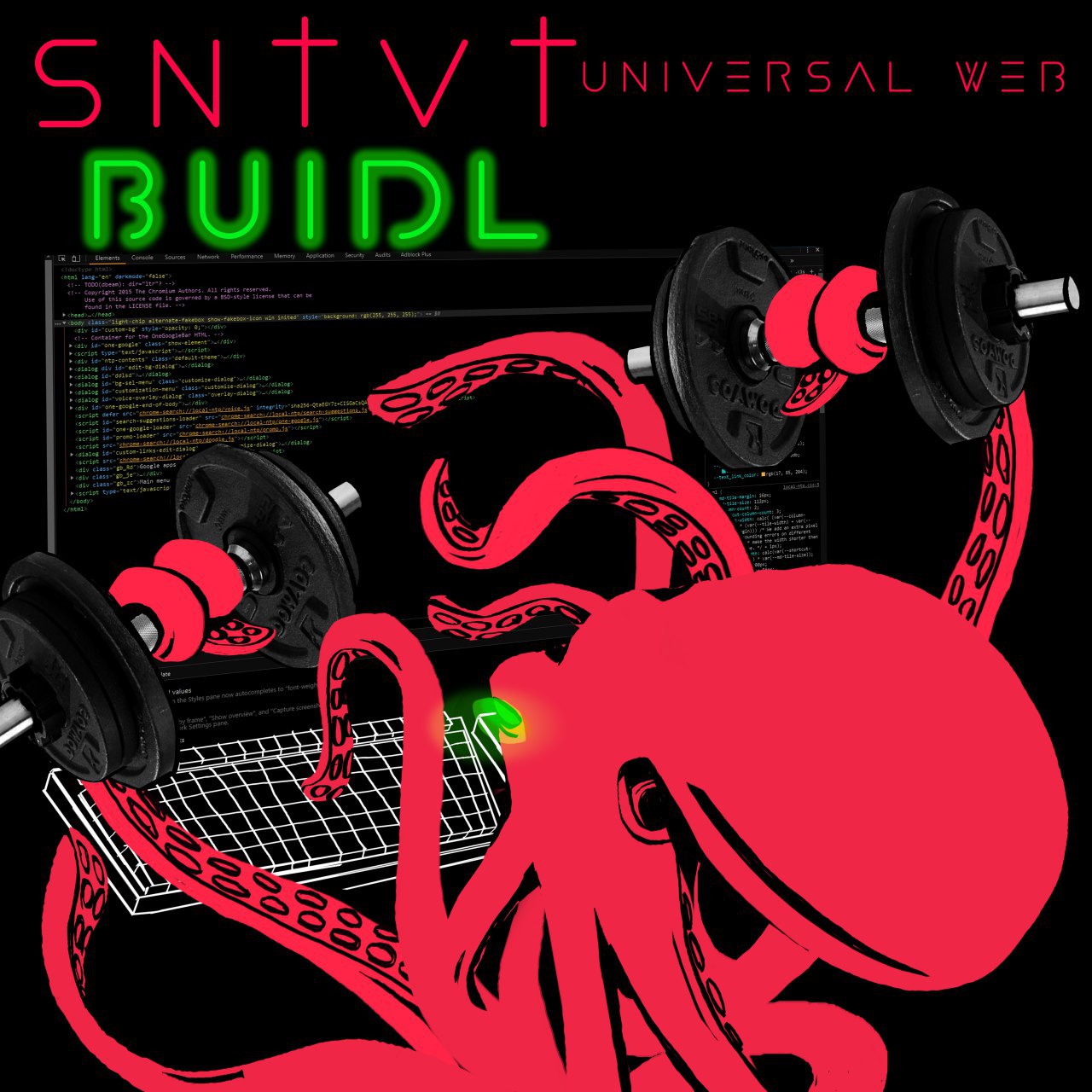This code push ends our current 3 month roadmap, the 3 month roadmap will released.
Code push will be out the night of the 31st our usual schedule. This updates includes our new packet structure and we now support headers for HTTP comparability. We will be doing a podcast that discusses code changes and direction.
New packet changes are for moving in our chunking & reliability algorithms. We are nearing completion for the protocol spec. New docs on changes are in markdown and will be pushed along with the code changes.
This new packet structure also includes connection IDs which are created by the server and used after the first packet by the client to identify the client to the server for each packet.
Since the server creates the connection IDs large services with many servers can support load balancing out of the box. Default port also switched to 443 to piggy back off of HTTP3. Networks will adapt to allow UDP packets on port 443 because of QUIC/HTTP3.
https://github.com/sentivate/SentivateAlphaNetwork/commit/221ee9e79b9d8da22d79e4bac61fe61397f31050
Packet Structure Update
Large packet restructuring has been done and currently only simulate can be used for the server. Packets now support headers per-request on-top of initial headers for configuring browser security that doesn't need to be resent on each response. The Server object and folder strcuture has also been re-organized and default suggested port is now 443 new test certs have been included. Server requests now must return a value to send a response. The API method is provided a generated response object without a body or head object. Message parsing has been updated to reflect packet alterations. This is an effort to move in chunking and reliability. Connect method must be called after client setup. All methods for the socket class have been re-organized. Server creation options now include an ID for load balancing and to identify the current server. An onConnect message can be the default body response. However, make sure to keep the response with the size of a single packet. Sequential ID generation work has started found in utilities. Naming has become closer to the standard for example Request IDs have changed to Stream IDs and a UDSP connection is refered to as simoly a socket. Additonal markdown documentation has been included in this release expect constant change but use them for reference purposes. All send and recieve functions have been updated to reflect the new packet design. New Server Connection ID is returned by the server after open is requested. The client is forced to use this new connection ID when sending to the server it also validates the clients IP origin in the process for the next request. Version change will occur saturday when browser reflects new packet structure.

